 Developing and renovating restaurants with an eye toward using energy wisely has been a growing trend in recent months – whether it be the installation of electric vehicle charging stations at select Subway sandwich shops or Chipotle’s recent announcement about developing all-electric restaurants that run on renewable energy only. In the latter example, the company is making such changes as installing solar panels, heat pump water heaters and shading built into the façades of their restaurants to reduce the need for air conditioning, as well as cooking with electricity instead of gas – a big departure for a lot of restaurants. These sorts of changes can attract positive attention from guests and investors alike – particularly as companies are having to make commitments about their Environmental, Social and Governance (ESG) standards. But while changes like those mentioned above generate media attention and positive public interest, slashing energy costs and having a positive story to tell about your efforts doesn’t require a massive investment or sweeping changes that are immediately recognized by guests. It calls for understanding the biggest draws on your energy and identifying adaptations, big or small. Even in the case of Chipotle, the restaurants will be generating the biggest reductions in their carbon footprint as a result of newly designed exhaust hoods over their grills – not the most exciting change among others they are making, but still an effective one. Where are your restaurant’s biggest energy draws? 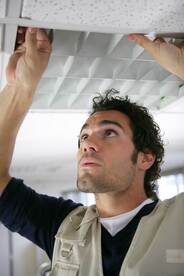 Battling rising costs has been a challenge for restaurant operators across categories this year. According to the National Restaurant Association’s 2023 State of the Restaurant Industry report, operators have tried everything from adjusting operating hours and staffing levels to increasing menu prices and swapping out menu items altogether to manage these increases. One additional area of your operation where expenses are lurking is in energy and there are a number of steps you may be able to take to manage costs here in ways that guests don’t even see. While some (though not all) require a significant up-front investment, longer-term savings should outweigh these costs. For example, there are opportunities to cut costs by swapping in energy-efficient ovens, dishwashers, refrigerators and other equipment that can significantly reduce your energy costs over time. On a smaller scale, turn off equipment like ovens and lighting when not in use, or use timers and sensors to power down these items when they aren’t needed. Maintain your equipment regularly to make sure it’s operating efficiently — cleaning air filters and replacing worn-out parts can prolong the life of your equipment and ensure you’re reaping the most savings from it. Use a programmable thermostat to set controls for different times of day or areas of your operation. Also rethink light — make use of natural light where possible and use LED lighting elsewhere. It’s another energy saver and lasts longer than alternatives. Finally, consider low-flow faucets and toilets to cut water bills.  The pressure on restaurants to minimize waste and maximize resources goes well beyond food. Restaurants use substantial amounts of energy, particularly in months with extreme weather. If you’re heating outdoor spaces this winter to accommodate more guests, your energy budget will be straining that much more. So, much like you would do with the SKUs you order and the menu items you prepare, measure and monitor your energy activity. Conduct regular energy audits with your utility company or an independent expert who can advise ways your business conserve energy and monitor usage. Schedule preventive maintenance – taking care of your relationship with your service provider can help ensure you’re taken care of when you need help more urgently. For any equipment that is likely going to need replacement parts in the coming months, have backup parts on hand to minimize any downtime that would otherwise result. If, like many other businesses within the hospitality sector and beyond it, you have set sustainability goals for your restaurant, your approach to energy conservation can support those goals. They can also be a compelling part of the story you share with guests who are monitoring their own energy usage more closely these days, as well as looking to support businesses that do the same.  For restaurant operators increasingly watchful of their spending, energy bills are a common area of concern. In recent months, electricity bills for consumers increased nearly 16 percent over the same period last year, marking their highest rise since 1981, according to the U.S. Bureau of Labor Statistics. Total energy costs were about 24 percent above August 2021 levels. For restaurants, which rely heavily on gas and electricity for so many functions that are central to business, finding ways to trim energy expenses and use energy as efficiently as possible is especially important to the bottom line. This is particularly true as the industry continues to recover from the pandemic, extreme weather has disrupted production in oil-producing states, and the war in Ukraine has put upward pressure on natural gas and coal prices. If you don’t have a strong idea of the biggest contributors to your energy costs, conduct an energy audit to help you better understand how your equipment – and your staff’s use of it – can be improved. Your equipment itself may be adding unnecessary expense due to a malfunction or inefficiency. Refrigerators, for example, can be responsible for half of a restaurant’s power use; gas burners consume far more energy than induction burners. You may be running appliances for longer periods than is necessary. Sensors and other energy-efficient tools can help, as can a regular survey of equipment to ensure it’s operating as it should. 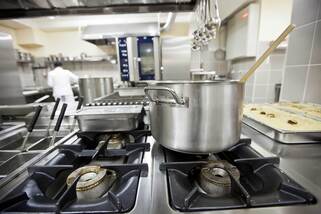 So much can feel out of control right now with regard to the supplies you need to run your business. One supply (among many) that has been climbing in price and scarcity in recent months is natural gas. In September, CNBC reported that prices had climbed 99 percent higher on a year-to-date basis due to escalating demand and concerns around supply. But unlike the many other items in short supply right now, natural gas consumption is something you can take active steps to reduce in your business without a significant downside. If you experience an especially cold winter or simply broad fluctuations in the traffic coming to you, being more efficient with your natural gas usage in cooking, washing and heating could generate significant savings. The Rail suggests that when cooking, aim to avoid overusing appliances – so limit the time you spend preheating, avoid using a larger oven when a smaller one will do, precook foods in a steamer prior to frying, limit use of the range top and schedule your cooking to ensure you are making most efficient use of ovens and cooktops. When washing, wait to use your dishwasher until it is full, turn off water heaters when the restaurant is closed, and ensure that water tanks and pipes are well insulated. When heating, use smart thermostats and set them to align with the business schedule and occupancy. Finally, keeping appliances maintained, clean, and free of buildup – whether grease, limescale or dust – can help ensure you’re not overusing energy. 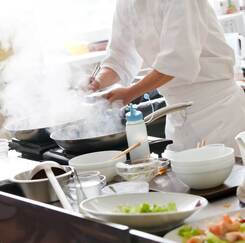 Even in the best of times, restaurant margins are thin. Challenges related to the pandemic, labor, food prices and the supply chain only place additional strain on them. But the good news is that there are a number of steps operators can take to cut costs without taking anything away from the guest experience. First, ease supply chain-strains by ensuring your inventory goes as far as possible. Encourage precise ingredient measurement across your menu – Modern Restaurant Management advises operators to measure ingredients in grams vs. ounces for a more precise result. Take stock of your energy use and find ways to use it more efficiently – by turning equipment on only at the time it is needed, using energy-efficient lighting, and adopting technology to monitor your appliances so you can be alerted and act quickly if something isn’t working as it should. Be just as mindful of food waste. To avoid having usable food scraps tossed out, Restaurantowner.com suggests eliminating trash cans in the kitchen and giving each kitchen employee a clear box with their name on it where they can place food scraps so managers can minimize food waste being generated from the kitchen. Where possible, consolidate purchases with a single supplier to gain leverage in purchasing agreements. Finally, make the most of the staff you have by scheduling people in accordance with your anticipated sales and traffic each week – your schedule should not be on autopilot The capacity to offer outdoor seating is changing the competitive landscape for restaurants right now. Datassential surveyed consumers recently about their perceived safety of a long list of places, ranging from food trucks to grocery delis to stadiums. Restaurants with outdoor seating topped the list, with 63 percent of consumers perceiving them as safe places to go when restrictions are lifted. But is outdoor seating a feasible longterm solution, particularly as the weather gets cold? Air quality has been a key factor in allowing restaurant dining rooms to reopen during the pandemic – and ventilation of indoor spaces is likely to become a growing concern for operators who want to continue to serve people in dining rooms. In Florida recently, McDonald’s unveiled its first net-zero energy restaurant, which includes a new automated energy system and passive ventilation dining room designed to circulate air and regulate temperature. Further on down the ladder, look for more restaurants to incorporate potential air quality fixes like ultraviolet lights – such as the ones installed in the grated ceiling at Marlaina's Mediterranean Kitchen in the Seattle area. The technology holds promise: NPR reports that research shows close to 90 percent of airborne particles from a previous coronavirus (SARS-CoV-1) can be inactivated in about 16 seconds when exposed to the same strength of ultraviolet light as in the restaurant's ceiling.
As you contemplate ways to boost your restaurant’s bottom line, don’t forget about small changes you can make to your equipment that can generate significant savings in the long term. For example, is there room to reduce your restaurant’s water and power consumption? As QSR Magazine reports, the U.S. Energy Star program can help you identify energy-efficient equipment ranging from small ice machines and coffee markers to large commercial ovens. Or start with even smaller changes. Swap out incandescent light bulbs for LED or CFL bulbs, or update pre-rinse spray valves or use low-pressure sinks and dishwashers to reduce the wastewater your facility generates.
|
Subscribe to our newsletterArchives
June 2024
Categories
All
|
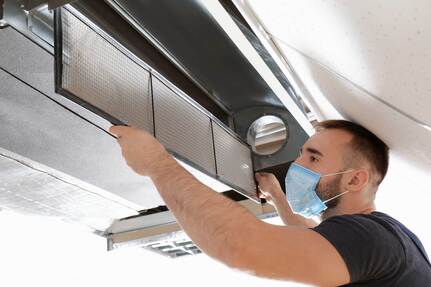


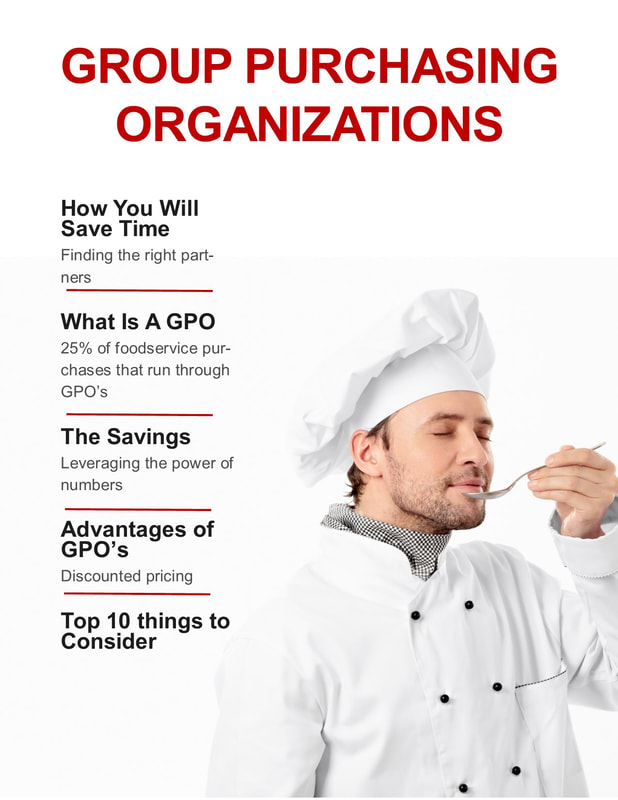

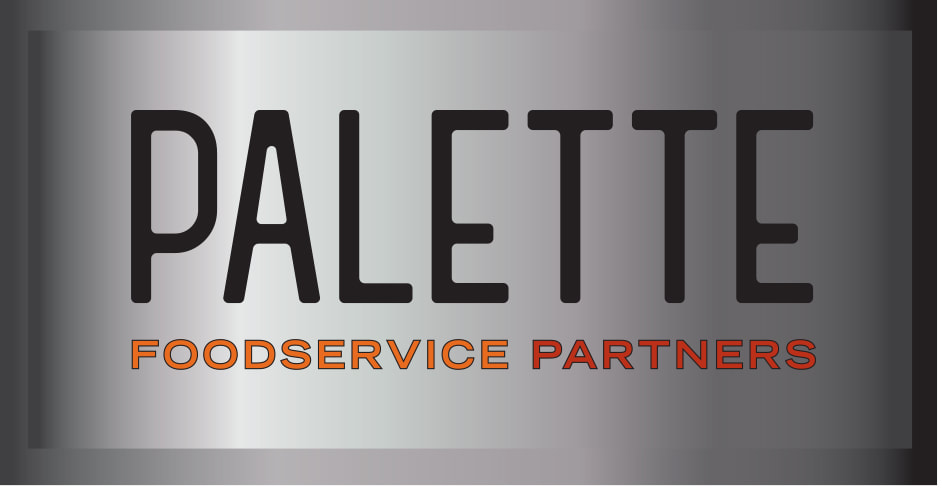
 RSS Feed
RSS Feed